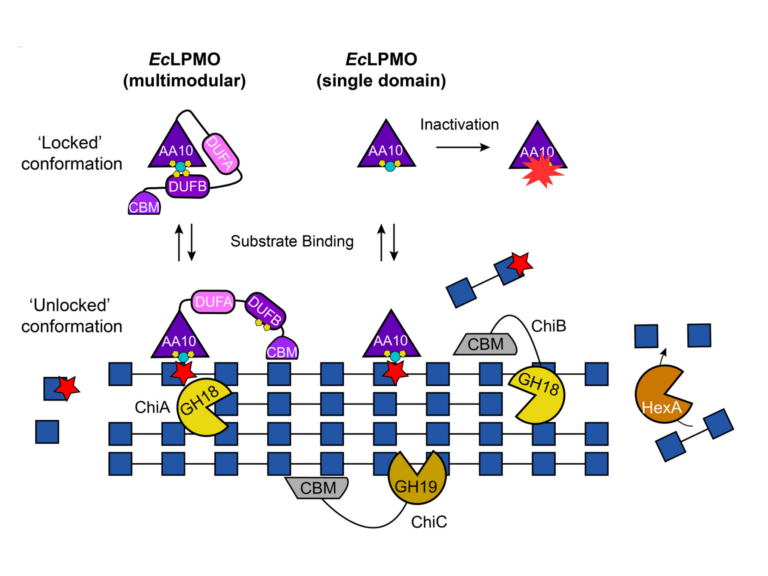Major proliferation of transposable elements shaped the genome of the soybean rust pathogen Phakopsora pachyrhizi
With >7000 species the order of rust fungi has a disproportionately large impact on agriculture, horticulture, forestry and foreign ecosystems. The infectious spores are typically dikaryotic, a feature unique to fungi in which two haploid nuclei reside in the same cell. A key example is Phakopsora pachyrhizi, the causal agent of Asian soybean rust disease, one of the world's most economically damaging agricultural diseases. Despite P. pachyrhizi's impact, the exceptional size and complexity of its genome prevented generation of an accurate genome assembly. Here, we sequence three independent P. pachyrhizi genomes and uncover a genome up to 1.25 Gb comprising two haplotypes with a transposable element (TE) content of ~93%. We study the incursion and dominant impact of these TEs on the genome and show how they have a key impact on various processes such as host range adaptation, stress responses and genetic plasticity.


